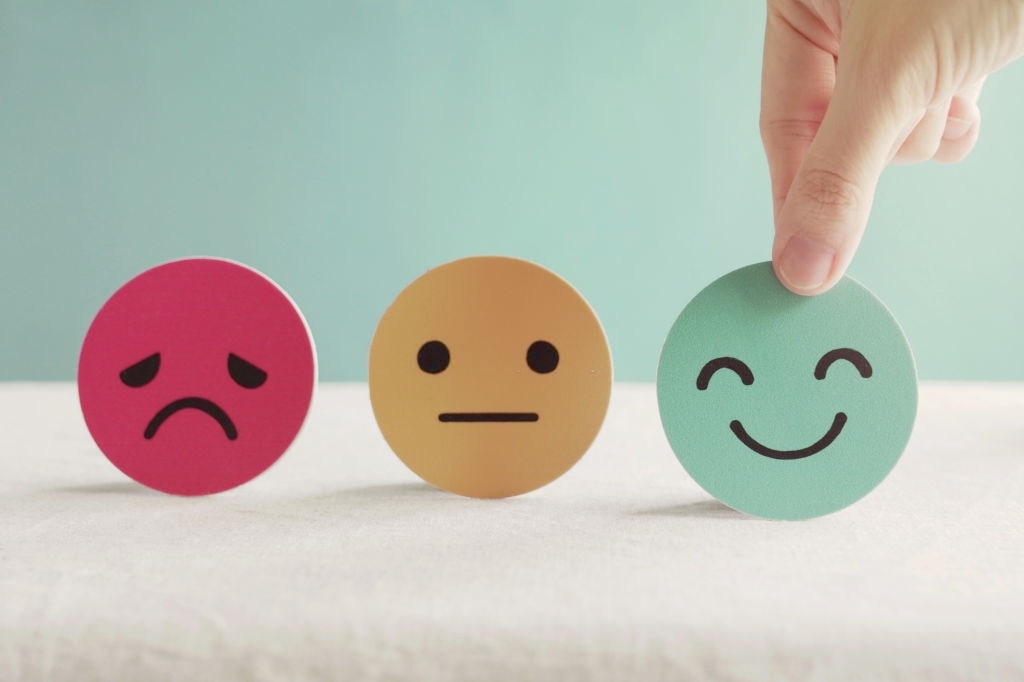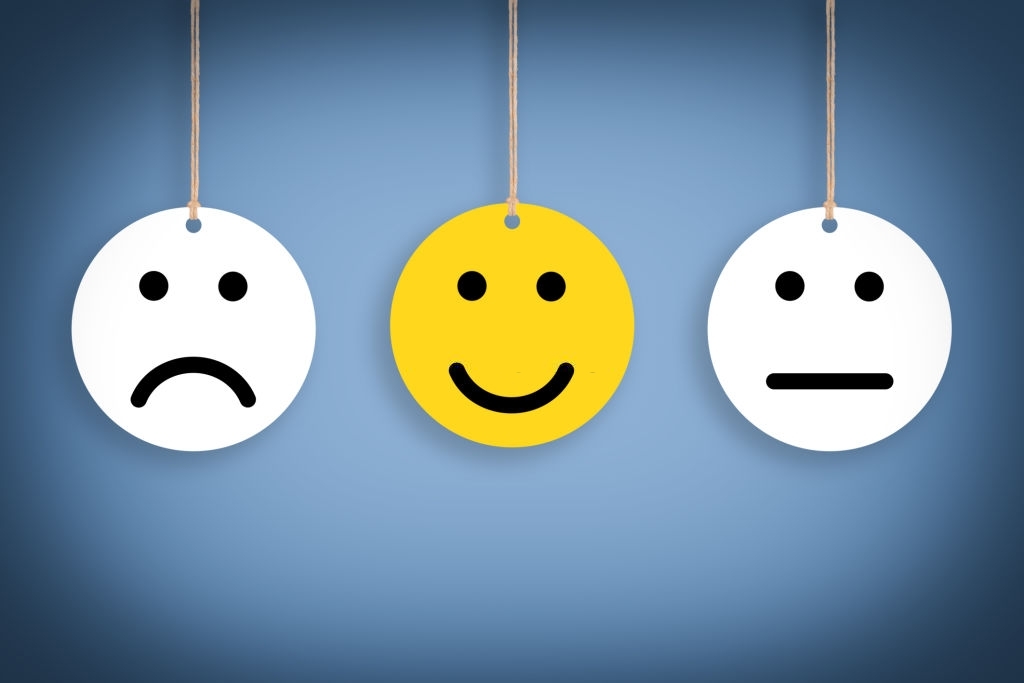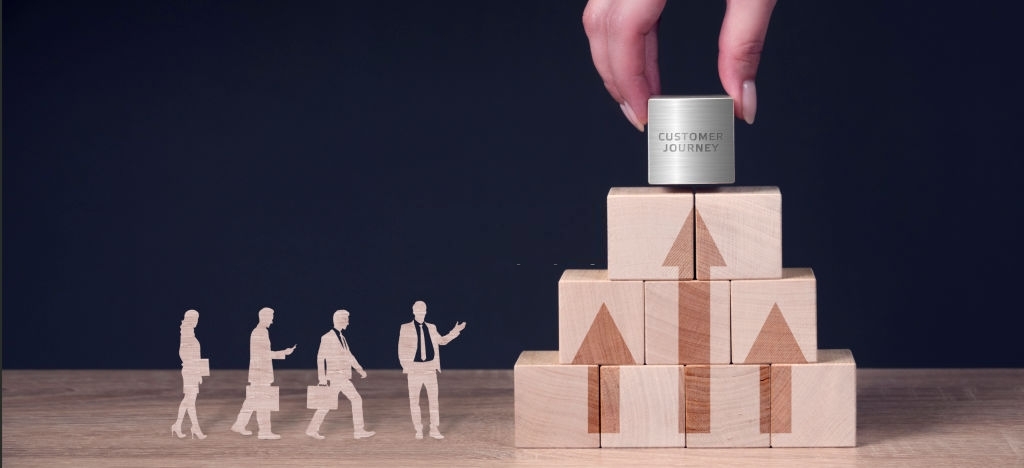The digital marketing industry is growing at some 22 per cent per annum worldwide and this is measured by how consumer behaviour affects the industry. With the explosion of online retail and digital marketing at the helm of its success, we thought it would be good to reflect on our changing consumer behaviour and society.
Read on as we deep dive into 8 key changes in behaviour that have transformed the everyday consumer into a savvy digital native. But first, let’s start at the beginning.

HOW HISTORY CHANGED CONSUMER BEHAVIOUR
If we look at the history of mankind, every discovery or technology has upgraded society.
Though printing was known at least 5,000 years earlier to humans, the invention of the printing press in the 1500s by Johannes Gutenberg changed consumer behaviour forever. The humble newspaper put the power of reaching thousands of people at the hands of manufacturers. Manufacturers of the era would advertise in newspapers to influence and change consumer behaviour. Considering that newspapers continue to change consumer behaviour to date only shows their effectiveness.
The same was seen when commercial radio made its appearance in the 1910s and 1920s. Radio stations, though a government monopoly in those ages, found companies ready to pay for broadcasting their advertisements.
Ditto with TV, which took influencing consumers to an altogether new paradigm, along with movies. Watching cine stars and celebrities do something or use a product vastly influenced consumer behaviour.
And in our era, digital marketing that was earlier known as Internet marketing is doing the same. However, digital marketing is changing consumer behaviour unlike anything seen earlier through newspapers, radio, TV, and cinema. Or for that matter, offline advertising mediums such as roadside hoardings and displays.
With Internet proliferation and the easier availability of relatively inexpensive devices to access the web now available across the world, here’re some ways how digital marketing has changed and continues to influence consumer behaviour.
A SHIFT IN CONSUMER BEHAVIOR DECISION

Even though Amazon and other giant e-commerce sites existed a decade ago, the percentage of e-commerce sales against traditional retail has been growing more steeply in the last two or three years.
Advancing technology, logistics, finance, and accessibility are forcing businesses to move to more customer-centric models. In 2009, MicKinsry proposed a consumer decision funnel that breaks away from the traditional thought process behind making a purchase. Instead of a classic 5-step decision model that John Dewey introduced in 1910, the McKinsey model emphasizes a paradigm change to something far more cyclical.
BRAND CONSUMER BEHAVIOR CONSIDERATION
Imagine that a consumer has decided to buy a car. As with most kinds of products, the consumer will immediately be able to name an initial consideration set of brands to purchase. In our qualitative research, consumers told us that the fragmenting of media and the proliferation of products have actually made them reduce the number of brands they consider at the outset. Faced with a plethora of choices and communications, consumers tend to fall back on the limited set of brands that have made it through the wilderness of messages. Brand awareness matters: brands in the initial consideration set can be up to three times more likely to be purchased eventually than brands that aren’t in it.
Not all is lost for brands excluded from this first stage, however. Contrary to the funnel metaphor, the number of brands under consideration during the active-evaluation phase may now actually expand rather than narrow as consumers seek information and shop a category. Brands may “interrupt” the decision-making process by entering into consideration and even force the exit of rivals. The number of brands added in later stages differs by industry: our research showed that people actively evaluating personal computers added an average of 1 brand to their initial consideration set of 1.7, while automobile shoppers added 2.2 to their initial set of 3.8 (Exhibit 3). This change in behaviour creates opportunities for marketers by adding touch points when brands can make an impact. Brands already under consideration can no longer take that status for granted.
EMPOWER CONSUMERS

The second profound change is that outreach of consumers to marketers has become dramatically more important than marketers’ outreach to consumers. Marketing used to be driven by companies; “pushed” on consumers through traditional advertising, direct marketing, sponsorships, and other channels. At each point in the funnel, as consumers whittled down their brand options, marketers would attempt to sway their decisions. This imprecise approach often failed to reach the right consumers at the right time.
In today’s decision journey, consumer-driven marketing is increasingly important as customers seize control of the process and actively “pull” information helpful to them. Our research found that two-thirds of the touchpoints during the active-evaluation phase involve consumer-driven marketing activities, such as Internet reviews and word-of-mouth recommendations from friends and family, as well as in-store interactions and recollections of past experiences. A third of the touchpoints involve company-driven marketing (Exhibit 4). Traditional marketing remains important, but the change in the way consumers make decisions means that marketers must move aggressively beyond purely push-style communication and learn to influence consumer-driven touchpoints, such as word-of-mouth and Internet information sites.
SHAPING THE CONSUMER BEHAVIOR JOURNEY

David and Marc talk about how brand digital marketing can proactively shape consumer decision journeys. Four core elements help to make experiences more engaging and valuable.
- Artificial intelligence (AI) and Natural Language Processing (NLP) can automate complex and confusing customer journeys. Rule-based algorithms can influence consumers and predict what they will buy. For example, the Amazon recommendation algorithm is responsible for putting products in front of customers that they never knew they wanted.
- Data can augment marketing campaigns by only showing consumers those that are relevant to them. Companies can see a single view of every customer and accurately target them to improve communications’ relevancy and integrity.
- Digital marketing interactions can always be contextual and shape how the consumer behaves. For example, traditional communication might bulk send a mailing to an entire database. Digital marketing campaigns can trigger based on interactions and influence consumers at a micro-level, potentially on a one-to-one basis.
- A circular customer journey and ongoing technology innovation allow brands the opportunity to extend their relationship with customers. As there are multiple touchpoints, digital channels can trigger behavioural changes on numerous occasions in a single journey.
LET’S CONSIDER THE MARKETING MIX FOR A SECOND
Marketing is about connecting with an audience in the right place at the right time. Most people will be aware of the “4P’s of marketing,” which act as a foundation for marketing teams. The framework is still relevant today, although many argue otherwise. For example, Phil Masiello suggests that “building a marketing plan around people, places, prices, and promotions is old thinking. It comes from an age when we had no real consumer data. A lot of conjecture and survey results.”
Marketing has indeed changed, and the context is the 4Ps is not the same as ten or twenty years ago. Instead of suggesting the framework’s death, we can take a more modern consumer approach than business-led. Let’s have a brief look at how that might work.

PRICE
Price points are especially volatile in a digital landscape. Although the initial pricing is straightforward, constant optimization is imperative to get the value of your products. Digital channels provide more ways for businesses to test pricing strategies and analyze how customers behave. For example, let’s say you have a website with three products. A bronze product selling at $50, a silver product at $100, and a gold product at $150, each with enhanced features moving up the levels.
Customers buy either the bronze or gold product, so you remove the silver option as it appears useless. However, the silver product acts as an anchor between bronze and gold, whereby removing it causes consumers to pick the cheaper option, reducing your ROI. Product price influences consumer buying decisions. Digital channels allow you to optimize campaigns in real-time and change those behaviours in an instant.
PLACE
Before the growth of the internet, the place was quite a self-explanatory element of the marketing mix. The modern-day problem is that customers are spread across both digital and physical locations. Just look at the 2020 social media landscape below.
You need to understand the channels your customers use and how they prefer to be communicated with. The brands that do that well will influence behaviours. For example, if your target audience likes to consume videos, YouTube and TikTok will be the best place to advertise and change their actions.
PRODUCT
Having an incredible product that consumers want to purchase is integral to success. Modern product development is an agile and iterative process, including several rounds of customer feedback and testing. The days of creating “Product X for Customer Z” is far too simple in the digital ecosystem. The product must solve a problem for the consumers you are targeting.
PROMOTION
The 80/20 rule for building an audience has been around for some time now. That is to say, you should spend 80% of your time promoting your product or service and 20% of the time creating the content. Having the best product won’t influence consumers to buy it, but the right messaging, offers, and channels will.
Using data, the classic 4P’s are still as relevant as ever, allowing them to be consumer-led. Some field experts refer to the mix as the 5P’s, with the addition of “people” to the existing framework. Brands need to optimize services for the audience and not focus heavily on measuring operational business KPIs.
THE CUSTOMER IS KING
A significant difference between the digital era and traditional marketing is that your brand is no longer what you say it is; it’s what the consumer says it is, to paraphrase Marty Neumeier. Although digital marketing makes the buyer journey more straightforward, with the ability to purchase at the click of a button, overall interactions have increased.
A customer journey involves reading reviews, watching videos, visiting several websites, and asking for recommendations. Consumers will tell brands what they think of their products and improve it, rather than the other way around. The way they behave influences your future strategy. Improving the experience to match what people tell you leads them down the right funnel towards the checkout.
ALIGNING MARKETING WITH THE CONSUMER BEHAVIOR JOURNEY DECISION
Developing a deep knowledge of how consumers make decisions is the first step. For most marketers, the difficult part is focusing strategies and spending on the most influential touchpoints. In some cases, the marketing effort’s direction must change, perhaps from focusing brand advertising on the initial consideration phase to developing Internet properties that help consumers gain a better understanding of the brand when they actively evaluate it. Other marketers may need to retool their loyalty programs by focusing on active rather than passive loyalists or to spend money on in-store activities or word-of-mouth programs. The increasing complexity of the consumer decision journey will force virtually all companies to adopt new ways of measuring consumer attitudes, brand performance, and the effectiveness of marketing expenditures across the whole process.
Without such a realignment of spending, marketers face two risks. First, they could waste money: at a time when revenue growth is critical and funding tight, advertising and other investments will be less effective because consumers aren’t getting the right information at the right time. Second, marketers could seem out of touch—for instance, by trying to push products on customers rather than providing them with the information, support, and experience they want to reach decisions themselves.
Four kinds of activities can help marketers address the new realities of the consumer decision journey.



